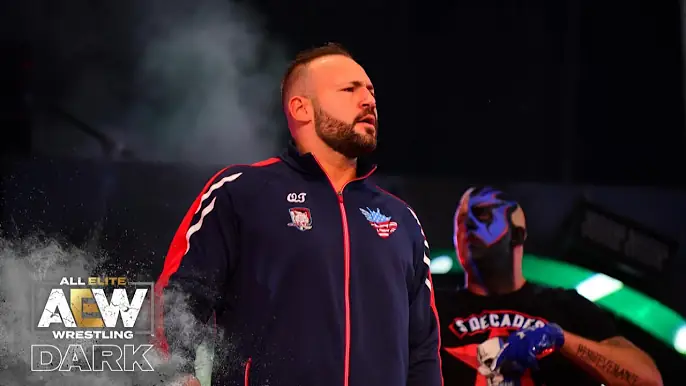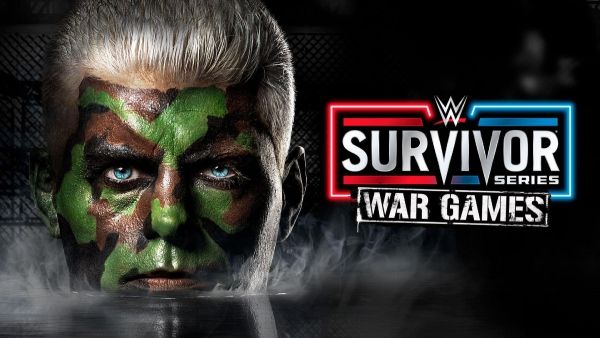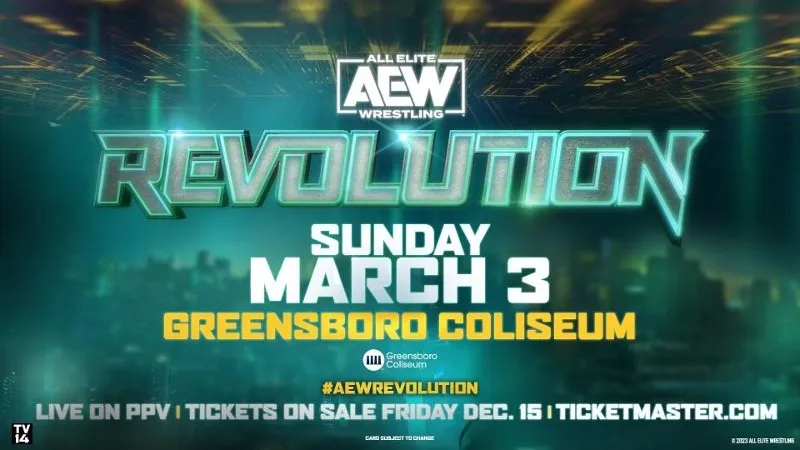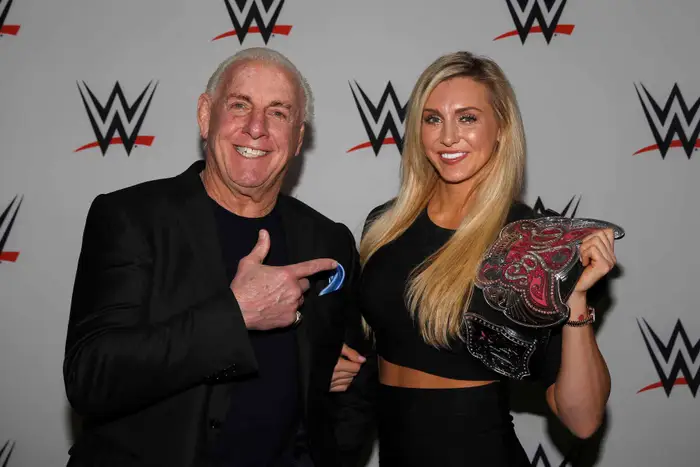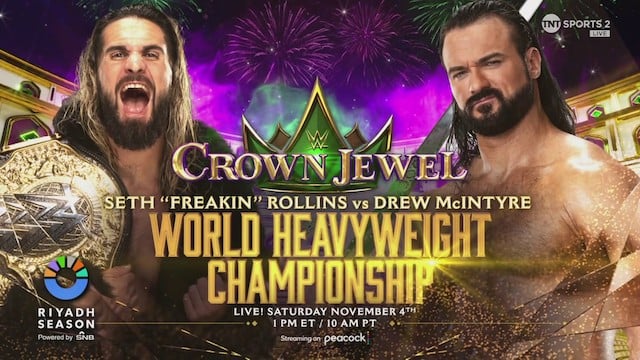The Impact Of WWE’s PG Era On Storylines And Characters
Over its lifetime, World Wrestling Entertainment has undergone many changes. Perhaps the most important occurred in 2008, when WWE changed to a PG rating. This would move away from the edgier content of the Attitude and Ruthless Aggression eras into something more family-oriented. The PG Era created a high-impact shift in the storylines, characters, and structure of WWE. This period is also the one this article will delve into in intricate detail, from how it changed the creative landscape in WWE to its influence on wrestling today.
The PG-Era Background
The Attitude Era and the Ruthless Aggression Era
To fully appreciate what the PG Era has meant, one would have to watch the glories of both the Attitude Era and the Ruthless Aggression Era. The Attitude Era—mostly spawning from the late 1990s into the early 2000s—was a time woefully riddled with risqué material: language, sexual innuendos, vile extreme violence, and all. These were the times for legendary storylines of fantastic, out-of-this-world characters, like Stone Cold Steve Austin, The Rock, and D-Generation X, which pushed the limits on mainstream entertainment.
It was succeeded by the Ruthless Aggression Era, which kept most of that same Attitude Era intensity but dialed it down ever so slightly. It was a great time as superstars like John Cena, Brock Lesnar, and Randy Orton became new superstars who took over with the torch of the company’s aggressive and provocative style. Still, as the audience’s demographic began changing, WWE knew they had to format a more family-friendly product.
Transition to the PG Era
In 2008, WWE finally made the complete switch to a PG rating. Several factors were behind the move, including broadening the audience reach, getting sponsors that pay more, and improving the impression that WWE’s name makes in corporate circles. The focus was maintaining products that were clean and safe for everybody. The era was thus termed the PG Era for WWE, and its characteristic was to eliminate most of the edginess in the product, but some of those questionable suggestions and actions that it used to take were aimed at its youth audience.
Storyline Changes
Family-Friendly Narratives
Notworthy of mention was one of the many noticeable shifts in the PG Era—changing angle and storyline delivery. The storylines weren’t so much about the shock factor any longer; everything focused on the old faithful standbys, such as good versus evil, surviving despite the world on your shoulders, and overcoming meaningful adversity. Such an approach was undertaken for the safety and taste display to grab the audience, children, and parents simultaneously, making WWE content very literal for all family members.
Simplification and moral clarity
In this period, storylines were quite basic, where faces were the heroes and heels were the villains. Unlike the morally ambiguous Attitude Era character, the MG Era typically had heroes bound to conventions of robust ethical design and bumping up against antagonists embodying righteous villainy. That orientation made such storylines easier for more junior viewers to comprehend and associate themselves with.
Reduced Violence and Controversial Content The PG Era significantly lowered the level of violence and divisiveness. Blood, which once became a common feature of most big-match spectacles, significantly decreased and was next to non-existent in standard programming. Storylines involving extreme violence, sexuality, or adult themes were phased out gradually and eventually replaced with standard, cleaner, thoroughly universally compatible angles. This shift is directly related to WWE’s increased initiative to form the product into a safer, more universally inviting product.
Character Development
The Rise of John Cena
One of the most significant figures during that period was John Cena. The character of John Cena best personified what this new family-friendly WWE was all about. A living and breathing superhero, many found a role model in Cena due to his “Never Give Up” mantra and clean-cut, patriotic persona. Many of his feuds were later based on respect, hard work, and integrity—monikers of the PG Era.
Characters for an Even Younger Audience
The PG Era created a variety of characters to appease its younger viewers. People like Rey Mysterio, with his fancy masks and flying style, gained children’s attention. In addition, people such as The Miz and Kofi Kingston were packaged distinctly, with unmistakable characteristics and breathtaking in-ring performers that most children loved.
Female Wrestlers
The PG Era also paved the way for massive changes within women’s wrestling. At this era’s onset, women were booked as just divas, an aspect initially applied to female performers who usually ended up playing secondary characters or having storylines that were shallow. With time passing, however, WWE began focusing on showing off the athleticism and talent of their female superstars.
On the other hand, the Women’s Evolution gathered steam towards the end of the PG Era, when female wrestlers could headline significant events and get storylines on par with male wrestlers.
The New Day and Embracing Diversity
Characters to which fans of all ages could relate, The New Day became one of the most “over” acts in the PG Era. Their gregarious personalities, affability, and entertaining promos caused them to be relatable characters. The success of The New Day showcased not only WWE but diverse characters, breaking away from stereotypes.
Impact on Wrestling Style
Safer in-ring action
In pairing the heart-pounding in-ring acrobatics with bodacious personalities, the style underwent a dilution into the PG Era to ensure player safety and family-friendly content. High-risk maneuvers and hard-core matches were ramped down; however, much more importance was put on technical wrestling and the storytelling element, presenting the matches not only as safe for the superstars’ well-being but also as accessible to a young audience.
Less Violent
Much of the violent and provocative content was toned down, while the storytelling inside the matches became more critical. Superstars were expected to take the initiative to concentrate and invest time in how their characters should develop, hence bringing emotions into the ring. With a focus now on narrative, fans are made to identify more with characters, and the general entertainment value becomes deeper.
Adaptation of Signature Moves
Some signature moves and finishing maneuvers were taken from the pre-era and recreated to fit the PG measures. Some were considered too risky or not adequate for children and were either redone differently or simply thrown out. Instead of focusing on ultra-violent finishing moves, John Cena’s “Attitude Adjustment” and Randy Orton’s “RKO” became much more different. They provided for the end of a match with impact without taking it far on the opponent and viewers.
Sales and sponsorship
Bringing in Sponsorships One of the significant drivers for WWE creating the PG Era was the possibility of more mainstream sponsors. This family-friendly product opened giant sponsorship deals with huge corporations seeking to attach their brands to positive, wholesome entertainment. This turned out to mean an increased upward potential in the earnings streams of the WWE.
Broadening the range of goods
The PG Era also saw an increase in WWE’s merchandise, targeting a more general audience. From action figures and apparel to video games and even school requirements, WWE could cash in on the family-friendly image by making a wide variety of products. While this increased the sales of more merchandise, it also stressed branding attachment among the young fanbase.
Cross-Promotional Opportunities
The PG rating assuredly opened the door to cross-promotional opportunities with other brands and media outlets that cater to families. Relations with movies, TV shows, and celebrities strengthened the action and opportunity for WWE to further cement its status as a big wrestling player in mainstream entertainment. This meant such partnerships would lead WWE to sustain cultural relevance and root in more fans within a broadened demographic base.
Criticisms and Challenges
Gain of Compromise
Along with many benefits that the PG Era had, it also faced its fair share of criticism due to the perceived loss of its roughness and intensity, which characterized previous eras. Some longtime fans felt like the product had perhaps become a little too sanitary and lacked the unpredictable and rebellious spirit of the Attitude Era. This sentiment was powerful among older viewers who grew up with the more provocative content of the past.
Balancing Act
The creative squeeze witnessed with most other underground wrestling bands in striking a balance between family friendliness and a great storyline was usually felt with WWE’s creative team. The burden of the PG rating often constrained the storylines and character development, usually the scope of these, which made storylines seem repetitive or formulaic. Striking a balance that would please young fans yet still maintain the interest of adults in its storylines was a continuing challenge.
Transitioning to PG-13
Entering the 2020s, in some ways, WWE began to hint at a return to a more mature product, combining the best of the PG Era with edgier content in many aspects reminiscent of its past. Storylines became more intricate; the characters were shades of gray to them, with many aspects appealing to diverse demographics. Through this evolution, WWE searched for a way not only to identify family-friendly values but also to reconnect with those lost through the shift in focus.
Lasting Impact Left on WWE
Mainstream Acceptance
It has been in the PG Era that the pulse of acceptance for WWE in the cultural mainstream was set. A family-friendly brand helped WWE become acceptable to mainstream media and corporate partners. Acceptability of just that cemented the actual position in playing for these companies that WWE still holds today.
Establishment of the Next Generations
The PG Era, in that respect, established a foundation for future generations of WWE fans. By creating this product that attracted children and their families, WWE assured itself that there would always be a fresh wave of additions to the company promoted as those children grew up. Positive messages developed from that era, just as role models have influenced the younger generation of fans and framed WWE perception and its superstars in one go.
Legacy of Women’s Evolution
The gains made by women’s wrestling in the PG era will forever create a representation of WWE in all circles. Illustrating the women’s evolution that surged significantly at this time is often cited as a motivator for female athletes and fans worldwide. This mainstreaming of women’s wrestling allowed for the historic feats of main eventing WrestleMania and entering previously male-only gimmicked matches.
Impact on Professional Wrestling
Not only has the PG Era been all about safety, storytelling, and inclusivity, but it has also changed how professional wrestling responds to the said standards. That means various promotions across the global scale have been influenced by other such initiatives, realizing in due course that it is crucial to put out a product that can entertain the masses while also being responsible. In such a backdrop, the WWE, and it’s the mega success that it has attained via the PG Era, set a standard for several other wrestling organizations in the sector.
Conclusion
It was a fantastic period in the history of WWE: the PG Era changed almost everything, from storylines to characters and how the product is presented. As much as this period became criticized for its removal from the edge, there have been several advantages, including mainstream acceptance, valued sponsorships, and a setting that will lay the groundwork for fans in the coming generations. WWE has featured ever-evolving content with fully charged positive messages, evidenced by inclusive narratives that, in their totality, have kept WWE as a culturally relevant and arguably premiere entertainment company in the world. As WWE keeps evolving, the legacy left post-PG Era just might have been the most defining period in the history of this company, influencing directions meant to be steered into by future generations and shaping the future of professional wrestling.


